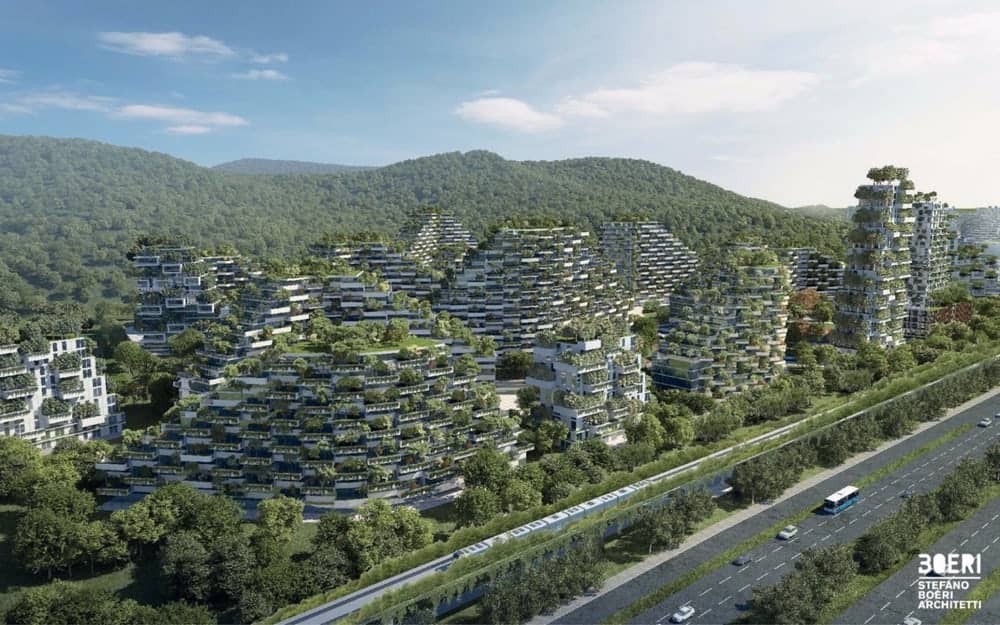One of the great challenges in modern property development is that of combining nature and cutting-edge designs. Fortunately, architects all over the world are now showing how this can be done to give us better, healthier places to live.

Source: Pixabay
Some of the Best Techniques
There are numerous ways of bringing together nature and property in new developments. For example, roof gardens offer a clever way of adding plants to the urban landscape. Among the most radical proposals in this respect is the new campus at FPT University in Vietnam, where the building is to be almost completely covered in trees.
Additionally, innovative construction techniques like plywood formwork can facilitate the integration of nature-friendly designs into architectural projects. It allows for creating organic shapes and structures, enabling architects to incorporate natural elements seamlessly into urban environments, thus revolutionizing how buildings interact with their surroundings.
Another approach is to design the structures so that they blend in with the natural landscape. We can see examples in Scotland, where architects Chambers McMillan state that more people are asking for properties that are almost invisible. They typically use materials that blend in almost perfectly to the background.
The use of natural resources such as water, wind, and sunlight are also part of this growing movement. It often makes sense for the designer to frame the buildings around what nature already offers in the site where they are working.
In other cases, it can be achieved by using locally sourced materials. For example, a building may contain stone that has been quarried on the site or wood from trees that once grew there. Ideally, these materials are then used as focal points by placing them in prominent locations.

Source: Pixabay
What Cities Have Done This Well?
There have been some fine example of cities and areas successfully combining nature with architecture. Singapore is commonly regarded as being a global pioneer in this respect. Buildings covered in greenery or created out of highly reflective steel and glass help to turn large parts of this island city into something resembling a giant garden.
Singapore may soon be the planet’s greenest city, but there are others that are also aiming for this title. Many places are taking their inspiration from Singapore when it comes to designing new structures that bring the residents closer to nature.
Among the spectacular modern architecture in Dubai, we can also see how nature has been cleverly incorporated. Perhaps the finest example is at Dubai Marina. This popular area integrates water that flows through it in the form of a man-made canal that is over 3.5 km long.
In addition, the use of glass and light colors ensure that the water is reflected on numerous surfaces. This pleasing visual effect helps to explain why the area in Dubai Marina is rated in Bayut’s 2018 Dubai Real Estate Market Report as the most popular and sought-after area for buying apartments in the UAE.
London is another place where efforts are being made to make an environmentally pleasing city that is more enjoyable to live in. The future plans in London include a building called The Reef that used the spookfish and the stone plant as inspiration so that it only uses natural light.
London is also set to contain the largest living wall in Europe. This will be on Citiscape House and will contain 400,000 plants to produce six tonnes of oxygen every year. Since this building is in an area of heavy traffic in one of the planet’s biggest cities, it is a good example of how nature can help us to combat some of the downsides of modern living.
As people all over the world show more interest in living in natural settings, it is likely that we see an increasing number of buildings that combine the best of modern architecture with the timeless benefits of nature.


